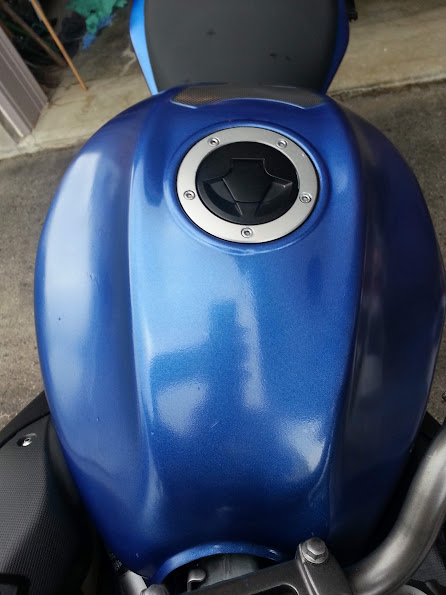A timely article in 2019, but I originally wrote it in 2014: https://temkblog.blogspot.com/2014/06/the-end-of-public-education.html
 |
| What if public education was merely the result of the need for factory workers in a newly industrialized society? What if education has never been anything more than an expression of economic need? |
I was directed to this interview about capitalism and education by the wise woman of twitter. It always amazes me that intelligent people are able to see where society is going and can do nothing to avert the disaster. History is rife with intellectuals warning of impending doom, but the doom happens anyway because the weight of social expectation crushes any individual insight.
You can find all sorts of people abolishing slavery before it finally turned into globalism and got hidden from sight in the third world. Slavery was abolished and re-instituted for centuries, and still exists today because it provides an economic advantage to the rich. If the rich can’t use you, then society is changed to suit. What is worrying about that article (which you really should read) is that the moneyed class no longer has need of a large swath of society. If the public education system was created to support industrialization, it’s about to lose that support as human capital becomes worthless.
“as automation and globalization renders whole swaths of the labour force useless to capital. .. From the perspective of capital, an ever-increasing portion of the population is no longer seen as a resource to be cultivated”
I believe that public education is one of the most powerful things we’ve ever created as a species. It leverages more of our population to maximize their potential than anything else we’ve come up with (yes, even democracy, capitalism or free markets). Even if it was slovenly economics that prompted it, the benefits of public education go well beyond making a few rich people richer. What’s worrying about that interview is that David Blacker has pretty much seen the future as it will unravel, though there is little we can do to stop the social momentum we carry.
His description of schooling is sickeningly accurate:
“in cities and other places, my argument is not that schools are going to dry up and blow away, that we will stop having things called schools. In fact, we might have quite well-funded places called “schools.” Prisons are more expensive than schools. So I think even though the things are called schools, their internal nature is moving further away from citizenship goals, forget learning for its own sake. Those institutions, their level of funding may even increase. To do surveillance and warehousing… maintenance of a school-to-prison pipeline can be quite expensive. So I wouldn’t see an increase in funding of school systems and school employees and school buildings as any particular cause for optimism.”
This warehousing is already happening in Ontario education. The learning to eighteen laws enacted in Ontario in 2006 ensure that students are warehoused in schools until they are eighteen years old by placing punitive limitations on them to ensure compliance (parents and students can be charged for not attending school). An increasing amount of money is spent in Ontario education every year to try and cater to a vanishingly small percentage of students who would rather be elsewhere, but the warehouse is where they must stay. I’d suggest that the edutainment and student engagement push in education also caters to this kind of thinking.
The real crush comes when governments decide to cut education even while expecting it to move from a training to a holding role. It’s a no win situation for educators who are stuck between having to cater to high needs students who don’t want to be students at all and a system that wants to cut their pay, demand extracurriculars and increase class sizes. It’s especially confusing when many teachers assume that their job is still one of teaching.
The problem is that governments are treating schools more like prisons than they are schools, but when you’re trying to game an economy designed around the devaluation of human capital by forcing kids to stay in school, the increasingly worthless people (that would be all of us) are the ones who lose. The only political cost is the vilification of teachers, something many people in the general public are happy to do. In the meantime we’re all trapped in a neoliberal agenda with no way out (unless you’re Iceland).
We’re not even arguing about the same thing any more, education isn’t about teaching people or training them for jobs, it’s about storing all that now worthless human capital. If we accept that then the attack on teaching as a professional activity suddenly makes a very different kind of sense.


















